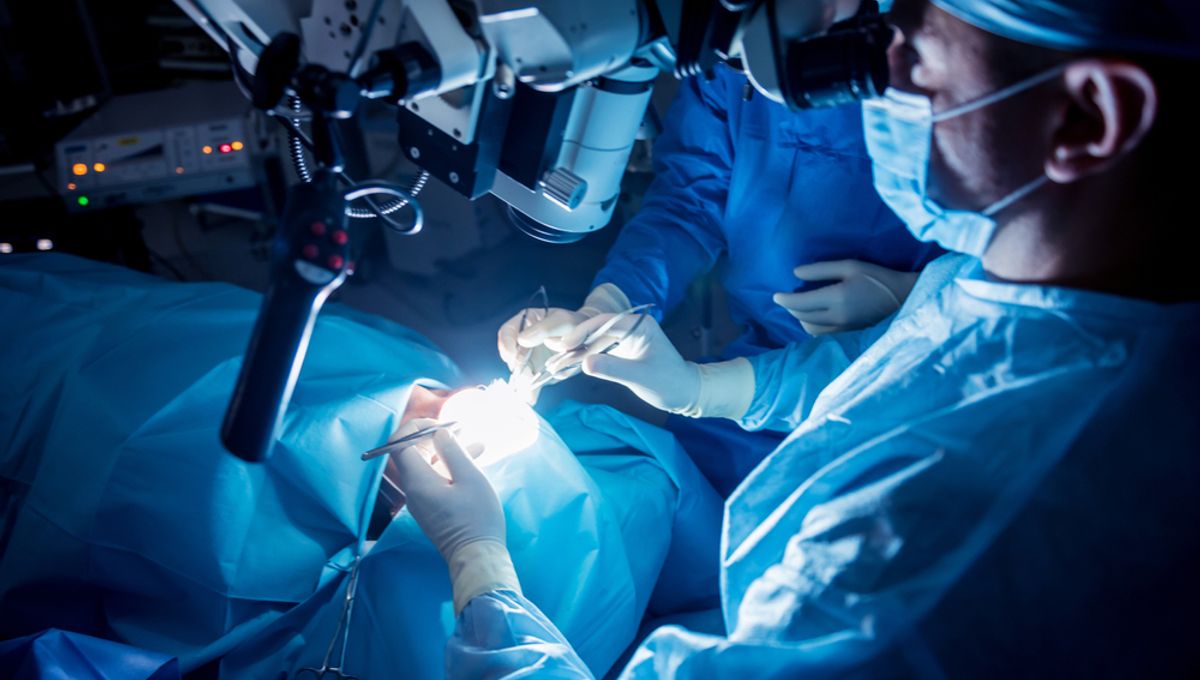
A woman whose scalp was ripped off by a drill has undergone complex surgery to have it meticulously reattached. “Total scalp avulsion”, as the injury is described in a case report, is incredibly rare and the authors believe this to be one of the largest ever to have been successfully replanted, after the woman’s entire scalp, including hair and eyebrows, were torn off.
Within five hours of the accident, doctors had stitched the skin back together, reattached the upper part of her left ear – which was left dangling from a thin piece of skin – and sewn blood vessels back together using minute stitches.
The woman, in her mid-60s, had been renovating a tractor when her hair got stuck in a column drill. She called an ambulance and paramedics arrived, packing the scalp carefully and keeping it cold to reduce metabolism while the patient was taken to a trauma center.
Once there, computed tomography (CT) scans confirmed there was no sign of intracranial bleeding or fractures, and so she was transferred to a plastic surgery operating room where the scalp was prepared for surgery: the hair was cut short and foreign bodies removed. It was then reattached in a complex surgery, which involved reconnecting three severed blood vessels – one artery and two veins – to restore blood flow.
The surgery was as painstaking as it sounds: each blood vessel would have been just 1 or 2 millimeters (0.04 or 0.08 inches) in diameter and would have required tiny stitches, about a quarter of the thickness of a human hair, Nicola Dean, president of the Australian Society of Plastic Surgeons who was not involved in the study, told New Scientist.
Following surgery, the woman had a “very successful” recovery, according to her doctors. The reattached scalp was well vascularized (supplied with blood vessels) and there was no tissue death or infection, apart from partial necrosis of the left ear.
Six months later, her hair was growing back, with no evidence of alopecia, which is common after such traumatic scalp injuries. She also regained feeling in her scalp and was able to partially lift her eyebrows.
“She said that she was feeling progress week by week and she was very positive about the advancement,” the authors report.
They hope that their study could help other doctors faced with similar injuries. Total scalp avulsions are so rare that there is very little in the literature about them, and there is currently no official consensus on their treatment.
“We wish to share our experience because of the complexity and rarity of this type of trauma,” the authors write.
“Our aim of this article is to share our experience and thereby provide information that could help others if they are presented with a similar case.”
The case report is published in BMJ Case Reports (warning: contains graphic images).
Source Link: Woman's Entire Scalp Reattached In Complex Surgery After It Was Torn Off By Drill